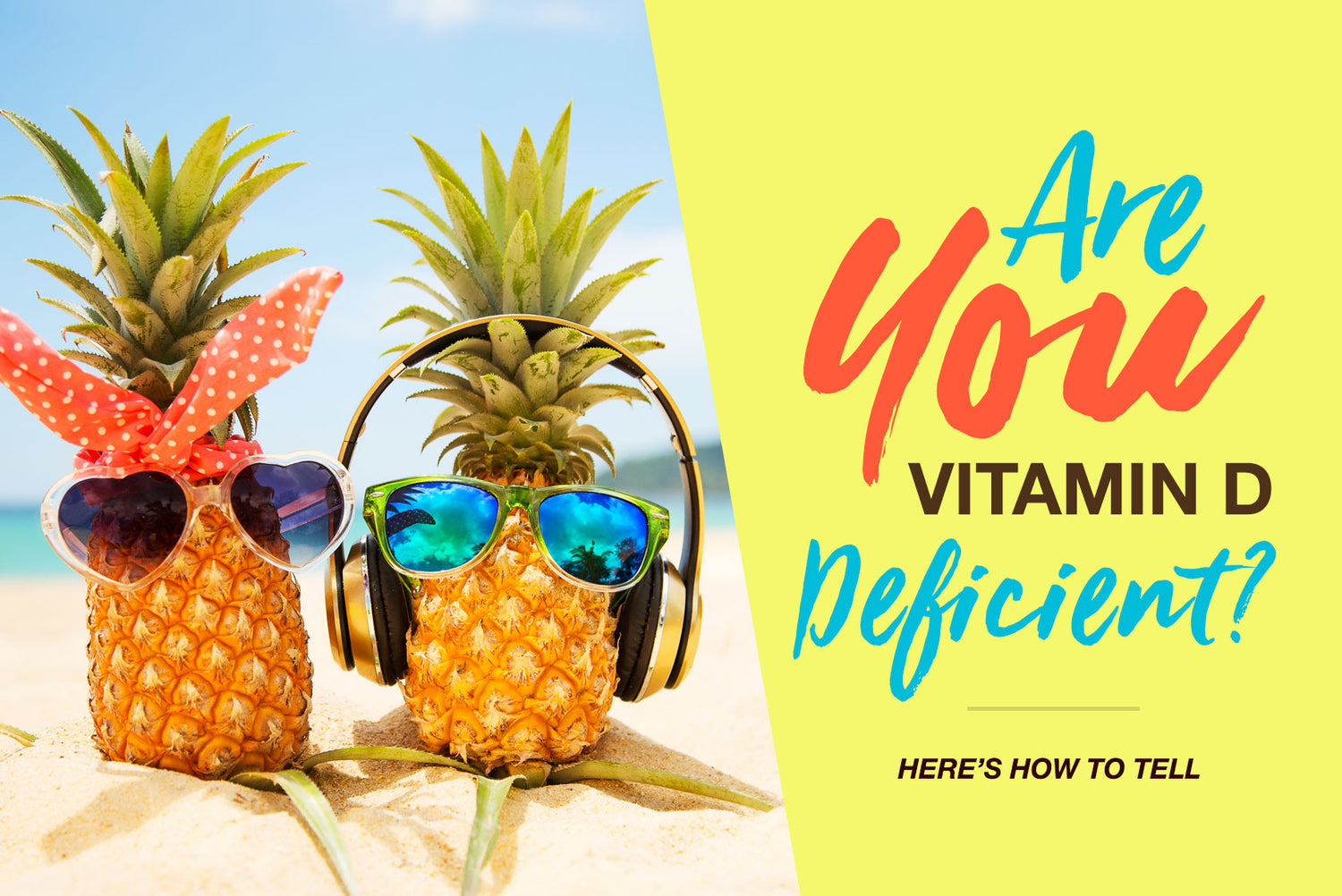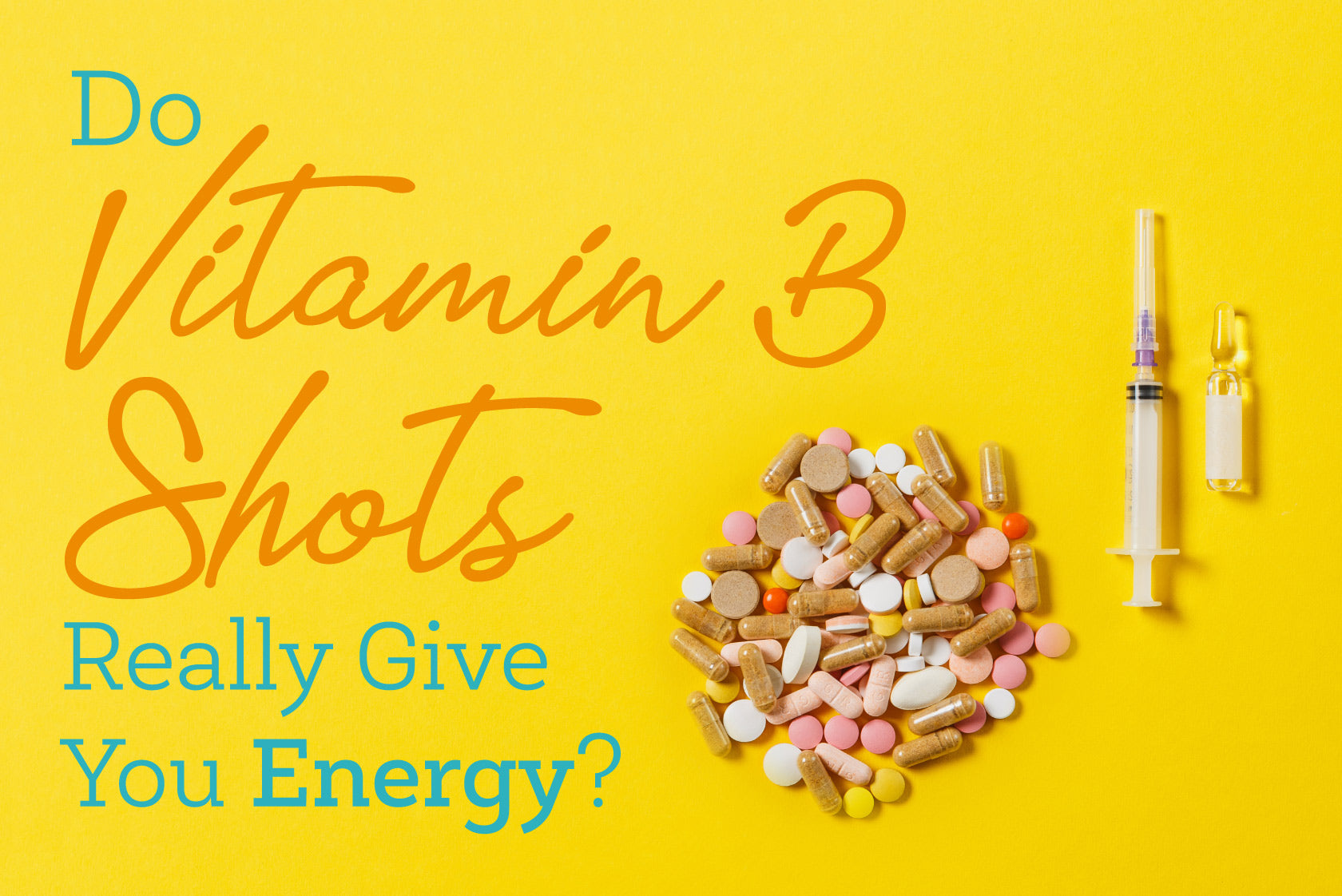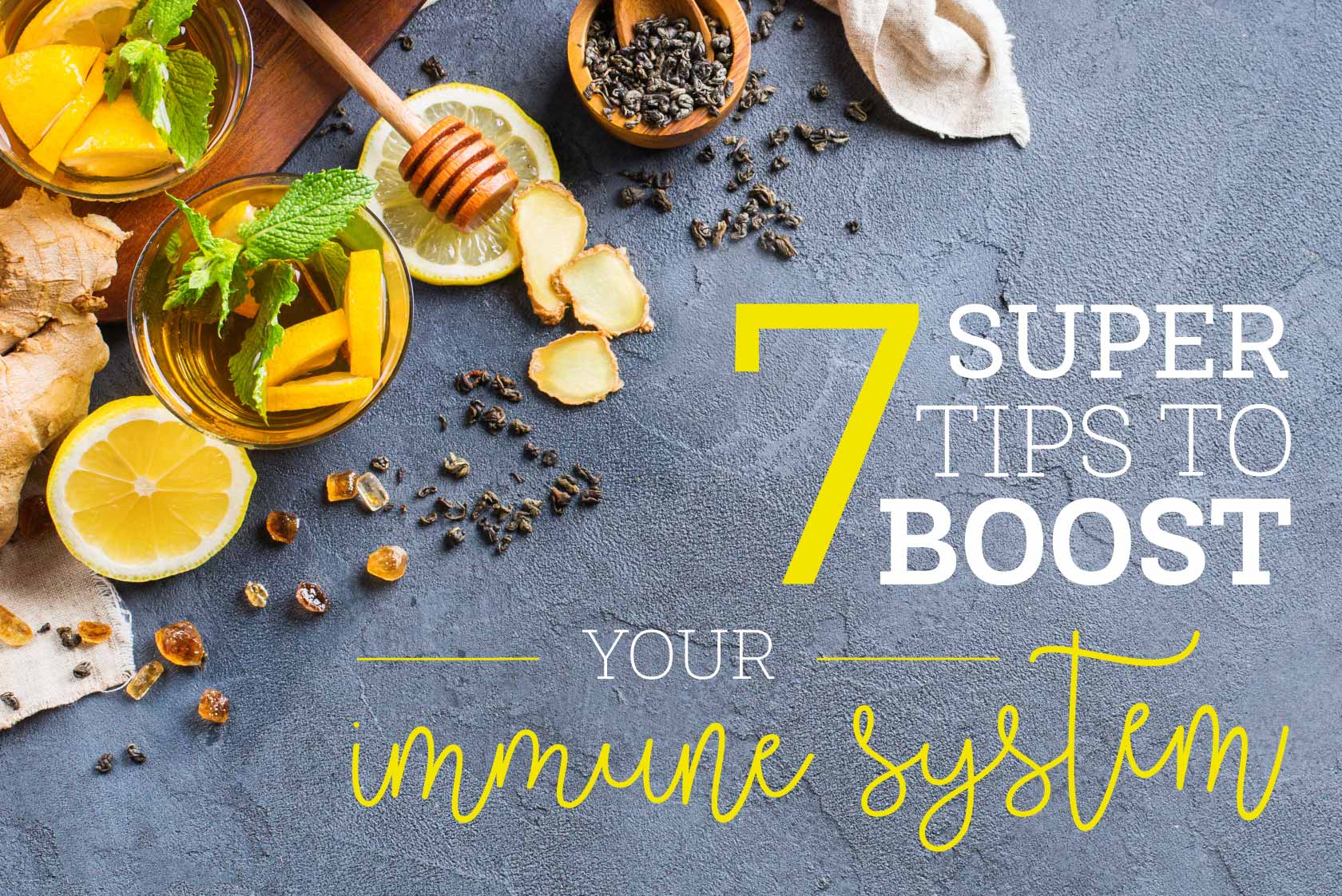Vitamin D, aka “the sunshine vitamin” is different than other vitamins. Your body actually makes vitamin D when it’s exposed to sunlight, and then the liver and kidneys convert it into an active hormone. The benefits of this D-lightful vitamin range from better bone health and cardiovascular function to protection against cancer and other diseases, such as diabetes and multiple sclerosis. So many benefits, yet so many of us are falling short in the vitamin D department! Studies suggest that more than 40 percent of American adults are deficient in vitamin D. If you have these top signs, you may have a vitamin D deficiency. Luckily, there are some simple solutions, and you can read all about them right here.

Top Signs of Vitamin D Deficiency
#1. You’re Always Getting Sick
Despite slathering yourself in hand sanitizer, do you always seem to get sick when a cold bug is going around? Low vitamin D could be the culprit. Vitamin D is like an activation switch for your immune system. It helps to quickly fight off invaders and keep you healthy. In fact, vitamin D studies show that low vitamin D levels increase susceptibility to infection and autoimmune disease.#2. You Have Bone or Back Pain
When it comes to the health of your bones, vitamin D and calcium are like the superhero and the sidekick. The hero, calcium, can’t do much without its trusty sidekick, vitamin D, which helps the body absorb and use the calcium!#3. You’ve Got the Blues
Vitamin D is known as “the sunshine vitamin” for a reason. It’s a natural mood booster and elevates our sense of well-being. If you find that you often have the blues, especially during the winter months, a lack of vitamin D could be to blame.#4. You’re Suffering from Fatigue
Low vitamin D can work against our energy levels in several ways. It can make sleep more difficult, contribute to depression (which influences sleep), and can make us feel exhausted even if we are getting 8 hours of shut-eye.#5. You Have Muscle or “Growing Pains”
In a study of 174 patients with chronic pain, it was found that 71 percent had vitamin D deficiency. While muscle pain can occur for a number of reasons, if you have other signs of vitamin D deficiency, it’s wise to make an appointment with your physician and have your blood levels measured.What Increases the Risk for Vitamin D Deficiency?
- Obesity
- Kidney disease
- Diets that lack fish and dairy
- Living far from the equator
- Always wearing sunscreen
- Not being outdoors often enough
- Dark skin tone – the pigment melanin keeps darker skin from absorbing as much UV radiation
- Digestive disorders such as Crohn’s disease and celiac disease – they diminish the body’s ability to absorb vitamin D from food sources.
How to Fix Low Vitamin D Levels
How much vitamin D you need each day varies on several factors, from where you live to your age, skin color and lifestyle. In general, daily intakes required range from 400 IU up to a maximum of 4000 IU. Your physician is your best source for how much vitamin D is right for you.Get More Sunshine
Spending time in the sun is the most natural and effective way to get enough vitamin D. Note: this doesn’t mean you need to forego skin care safety. You can still put sunscreen on your face, wear sunglasses, and limit your exposure time in the late afternoon when the sun’s rays can be most damaging. How much sun should you get each day? Every person’s needs are different, but as a general rule, aim for 10 minutes of noon-time sun exposure on 10 percent of your body. If you have light, freckled skin or live close to the equator, you may need to decrease that amount to avoid burning. If you have darker skin, you may need to increase the time to 30 minutes or more. Wait, what if it’s winter? While vitamin D levels do drop during the winter (A U.S. vitamin D study revealed that levels are lowest in March), it should not be a drastic drop. If you’re getting enough sun exposure in the summer, it can help get you through the winter months, as the body can store vitamin D in the liver and fat.Eat More Foods High in Vitamin D
While there aren’t many foods that naturally contain vitamin D, here are some of the best options you can add to your diet to help avoid vitamin D deficiency.- Salmon: If you can, go the wild salmon route. It packs 988 IU of vitamin D per serving … 25 percent more vitamin D than farm-raised salmon.
- Halibut: Versatile and packed with omega-3 fatty acids, halibut is a great source of vitamin D with approximately 200 IUs in a three-ounce serving.
- Herring: The amount of vitamin D in herring depends on how you eat it. Eating it fresh will provide the most vitamin D (over 1600 IU), but you can also eat it pickled and get 680 IU (just watch out for the high sodium content).
- Oysters: These tasty, low-cal clams are packed with nutrients and provide more than 300 IU of vitamin D per serving.
- Canned tuna: Whether it’s in a sandwich or a casserole, canned tuna is a great way to get your vitamin D. To avoid overexposure to mercury, opt for light tuna instead of chunk white (albacore), which contains 3 times the mercury content. Here’s how much tuna you can safely eat, according to the FDA.
- Egg yolks: If you typically only eat egg whites, you’re missing out on a lot of good vitamins inside the yolk … including vitamin D. Looking for a reason to spend a little bit more on free-range chicken eggs? They contain 3x the amount of vitamin D versus eggs from cage-raised chickens.
- Fortified foods: For people who don’t eat fish, fortified foods are a great way to get your vitamin D. Options include orange juice, cereals, oatmeal, soy milk and cow’s milk.




